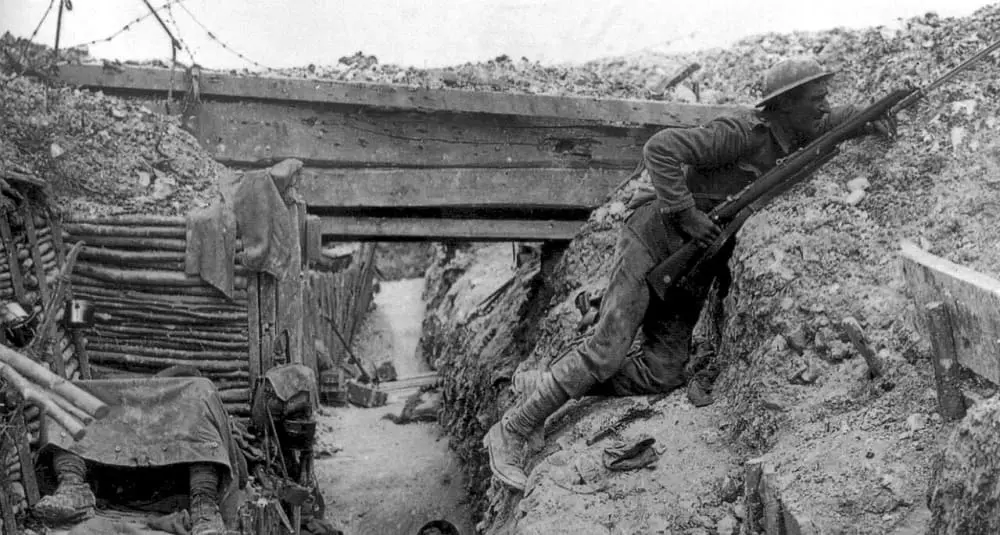Which countries are part of the Triple Entente?
Last Updated:
The Triple Entente was a diplomatic and military alliance between France, the United Kingdom and the Russian Empire, formed in the early 20th century to counterbalance the Triple Alliance of Germany, Austria-Hungary and Italy. Although more flexible and less formalized than its adversaries, this grouping of interests played a key role in Europe’s entry into the war in 1914 and the outbreak of the World War I.
After its defeat in the Franco-Prussian War of 1870, France felt threatened by the rise of the German Empire. It therefore sought to secure solid allies in Europe. With this in mind, it signed a military alliance with Russia in 1892, forming the cornerstone of the Triple Entente. Subsequently, France strengthened its ties with the United Kingdom, with which relations had historically been strained.
Long diplomatically isolated, the United Kingdom broke with its traditional policy at the beginning of the 20th century. In 1904, it signed an Entente Cordiale with France to settle their colonial differences. Then, in 1907, a similar agreement was signed with Russia. Although these agreements were not military alliances in the strict sense of the term, they did reflect a shared desire for diplomatic cooperation in the face of the ambitions of the Triple Alliance.
Russia, a major continental power, was also concerned about the growing power of Germany and its Austro-Hungarian ally, particularly in the Balkans. Its rapprochement with France was as much a strategic move as an economic one (French financing). The Anglo-Russian Entente of 1907 completed this strategic and diplomatic triangle.
Unlike the Triple Alliance, which was based on a clear military treaty committing its members to defend each other in the event of aggression, the Triple Entente was based more on a series of bilateral agreements. It was not a formal military alliance, but rather a system of political and strategic cooperation.
However, from 1912 onwards, joint military meetings were organized between France and the UK to coordinate their plans in the event of war, showing that the Triple Entente was gradually evolving into an implicit military alliance.
In 1914, following the assassination of Archduke Franz Ferdinand in Sarajevo, Europe caught fire in a chain of alliances. Austria-Hungary declared war on Serbia, prompting Russia to intervene, followed by Germany, France and the United Kingdom.
The Triple Entente thus became one of the two major belligerents in the World War I, pitted against the Central Powers (Germany, Austria-Hungary, the Ottoman Empire and Bulgaria). Its initial objective, to contain German influence, turned into a total war that lasted until 1918.
The victory of the Triple Entente countries in the World War I led to the disappearance of several empires: Austro-Hungarian, German, Ottoman and Russian. But it did not resolve all conflicts, far from it. Rivalries, disillusionment with the Treaty of Versailles and political upheaval in Russia (the Bolshevik revolution) heralded new tensions that would lead to the World War II.
The countries of the Triple Entente were France, the United Kingdom and the Russian Empire. Formed through diplomatic agreements in the late 19th and early 20th centuries, this strategic entente was designed to balance European forces against the Triple Alliance. Although the Triple Entente was the result of compromise and shared interests rather than a formal alliance, it emerged as a major military bloc during the World War I.
You may also be interested in
history

Which countries are part of the Triple Entente?
Answer
The Triple Entente consisted of France, the UK and Russia, allied before 1914 to counter the rise of the Triple Alliance powers.